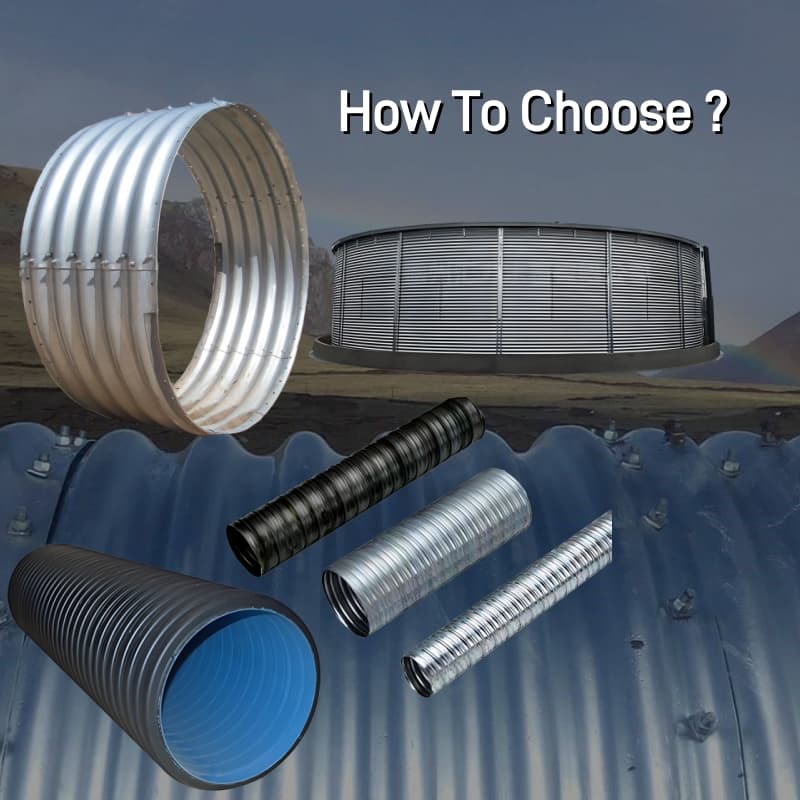Structural Performance Comparison
Installation Efficiency
Metal box culverts demonstrate clear advantages in rapid deployment. The 2023 Texas DOT I-45 expansion project documented 40% faster installation of galvanized steel culverts (2.5m×2m) versus precast concrete equivalents, reducing lane closure durations from 14 to 8 days.
Load-Bearing Capacity
While concrete culverts typically offer higher compressive strength (35MPa vs steel’s 250MPa yield strength), Minnesota’s 2022 bridge approach study found steel culverts with rib reinforcements matched concrete’s HS20 loading performance at 30% reduced material weight.
Hydraulic Performance Metrics
Flow Efficiency
The smoother interior surfaces of metal box culverts (Manning’s n=0.024) provide 12-15% greater flow capacity compared to concrete (n=0.013) at identical cross-sections, as validated by Queensland’s 2021 flood control upgrades.
Scour Resistance
Concrete’s mass provides inherent scour protection, but Washington State’s 2020 river crossing project showed galvanized steel with epoxy-coated invert sections reduced erosion by 28% through improved hydrodynamic profiles.
Lifecycle Cost Analysis
Maintenance Requirements
Ohio DOT’s 15-year tracking study (2008-2023) revealed:
- Concrete: $18/m² average annual repair costs (joint sealing, spall repairs)
- Galvanized Steel: $9/m² (primarily coating touch-ups)
Service Life
Properly protected metal box culverts achieve 50-75 year lifespans, comparable to concrete. Florida’s coastal installations show 400g/m² galvanized steel lasting 58 years versus concrete’s 60-70 years in similar environments.
Environmental Considerations
Carbon Footprint
A 2024 MIT study found steel culverts have 35% lower embodied carbon when considering:
- 60% material reduction per linear meter
- 80% lower transportation emissions
- 100% recyclability
Case Study: Post-Hurricane Reconstruction
After Hurricane Ian (2022), Lee County, FL prioritized metal box culverts for:
- 3× faster emergency deployment
- Better debris flow characteristics
- Simplified future capacity upgrades
